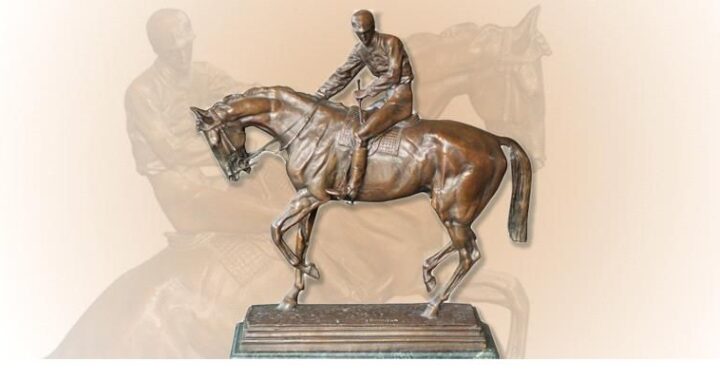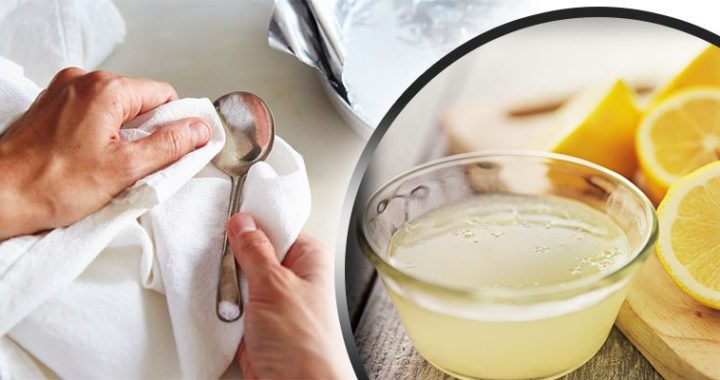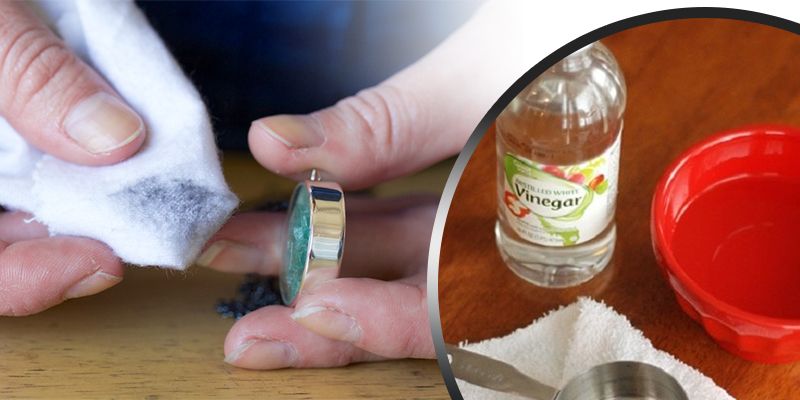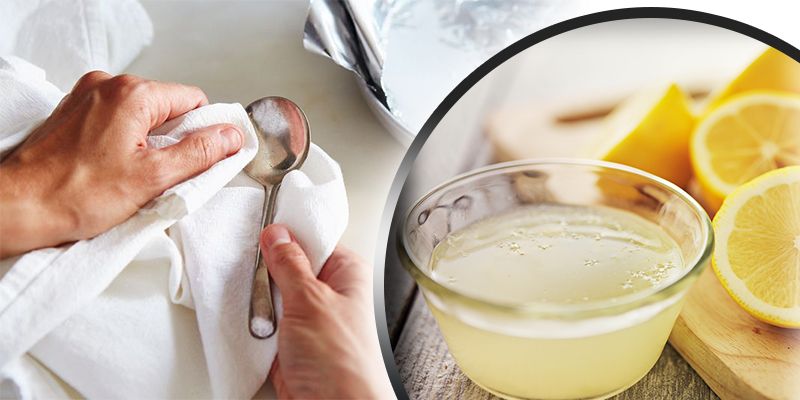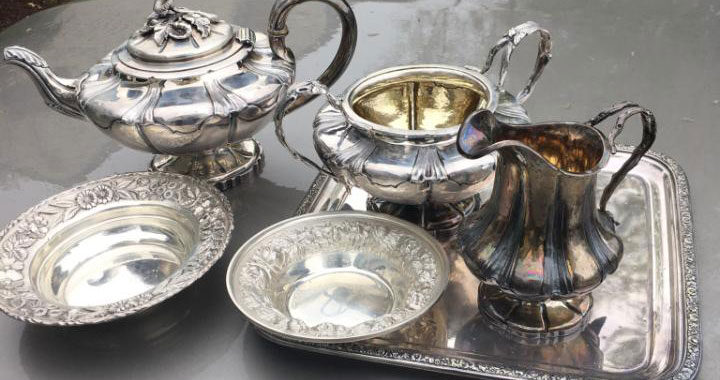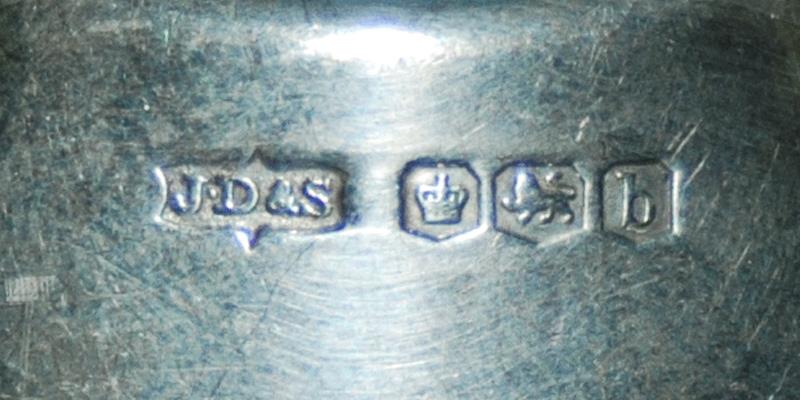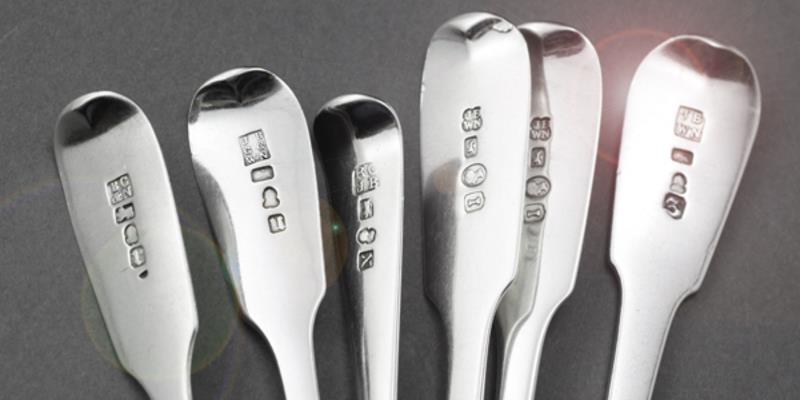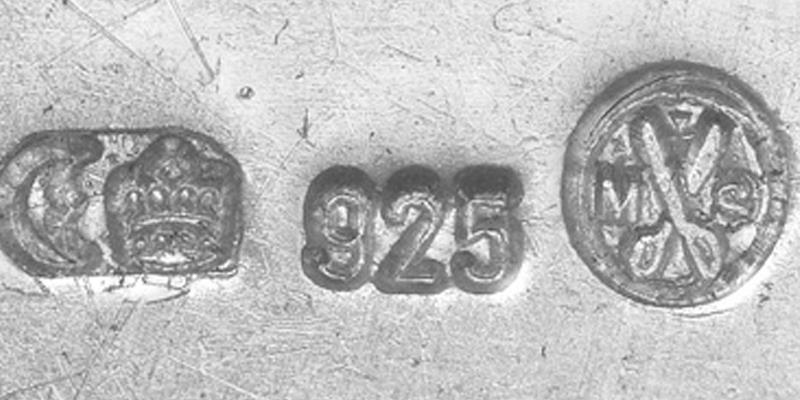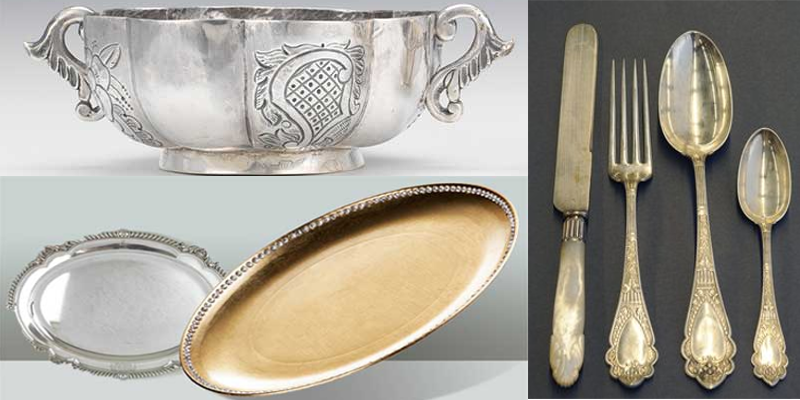Isidore Bonheur was born into a family of artists with a wide range of talents in 1827. Like the rest of his family, he inherited a skilled hand in various art forms. However, he had a particular mastery over bronze sculpture and a passion for the trade. Bonheur’s sculptures were incredibly detailed and realistic, and he was known for his ability to capture the essence of animals in his work. To this day, many still regard him as the best Animalier sculptor to grace art’s magnificent history.

Isidore-Jules Bonheur Had a Range of Talents
Bonheur’s most well-known piece is his bronze horse sculpture, Le Grand Jockey. The most famous casting shows a jockey patting his winning horse on the neck in exquisite detail, down to the veins in the horse’s legs and neck. The sculpture is an excellent example of Bonheur’s mastery of his craft and attention to detail.
In addition to the horse sculpture, Isidore’s bull and bear sculpture remains a favorite of fans of his work. The piece depicts a battle between a bull and a bear in which the art expertly demonstrates incredible tension while maintaining a high level of detail and realism. However, though they are some of the most famous, they are far from the only Bonheur pieces you may have seen.
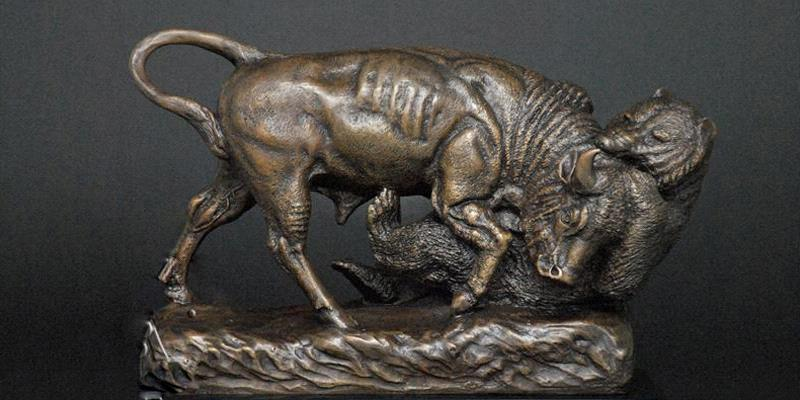
Isidore’s older sister, Rosa, frequently collaborated with him. They made pieces in pairs, complimenting both art styles and bringing the pieces together. This was generally true regarding his domestic cattle, sheep, and/or equestrian pieces. However, he did not stop at these common animals and frequently did pieces with more wild elements, such as lions, bears, and hunting groups, on his own.
He Earned Lasting Recognition
While many artists, such as Vincent Van Gogh, received little to no recognition before their lives were over, Isidore received great respect during and after his life. To this day, his works are among those most highly praised at the French Animalier school. He is consistently ranked among the finest of his time and has left a lasting impression on the path that the Animalier style of art has taken. His talent was never taken for granted or denied by onlookers.
Bonheur earned lasting recognition for his work, and art enthusiasts still admire his sculptures today. A life-sized casting of his eight-point stag piece is currently on display in the Perigueux Museum. He also completed three monuments still standing today, including a piece he created for his late sister, whom he met in his final two years. The other two are lions he crafted to guard the Palais de Justice.
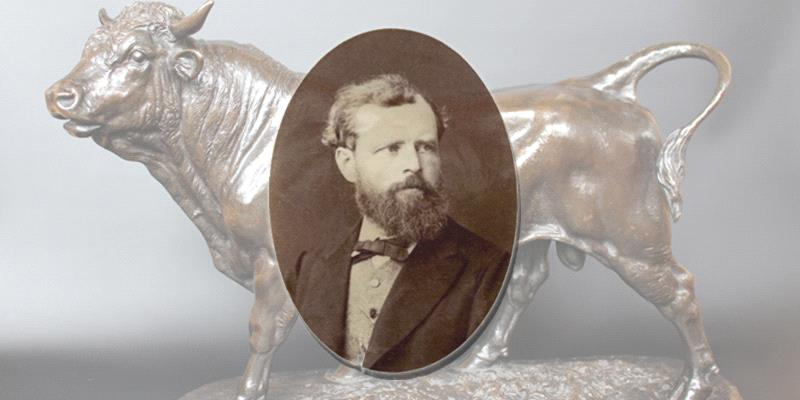
Throughout his life, Bonheur was commissioned outside of his home country of France, including palace pieces for King Edward VII of England and two large bulls to decorate the palace of the Sultan of Constantinople. His works are immortalized not only in person but also in literature. Bonheur’s life has been explored, analyzed, and appreciated in over a half dozen books between 1914 and 1971. The internationally renowned sculptor has gone down in history and will continue to inspire art enthusiasts for years.
In conclusion, Isidore Bonheur was a master of Animalier sculpture, whose attention to detail and ability to capture the essence of animals earned him lasting recognition. His sculptures continue to be admired by art enthusiasts today, and his legacy continues to influence the Animalier art style. Bonheur’s life and work have been explored in literature, and he has left a lasting impression on the art world that will continue to be felt for years.

